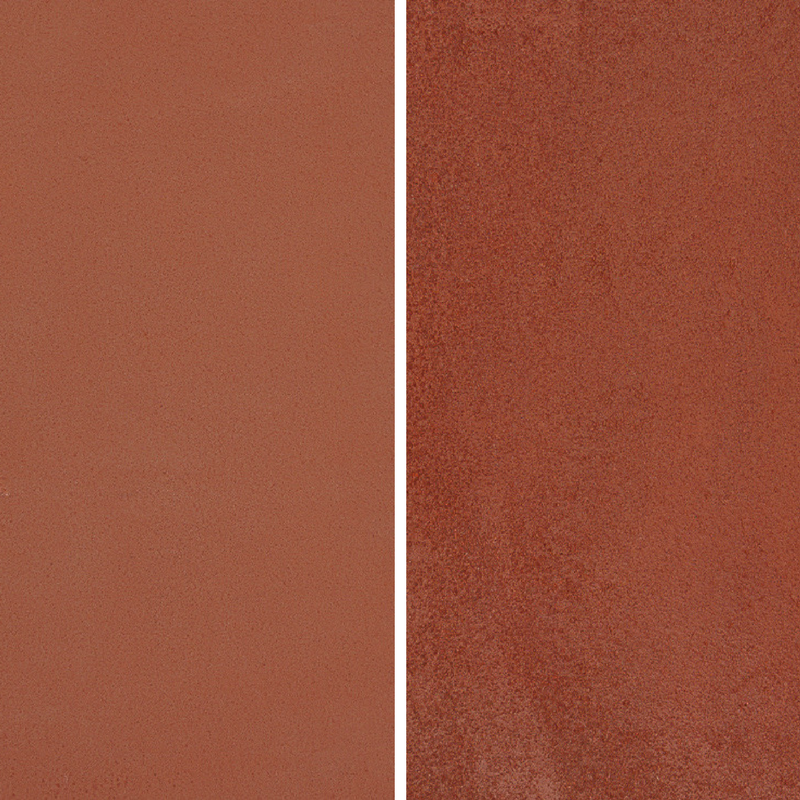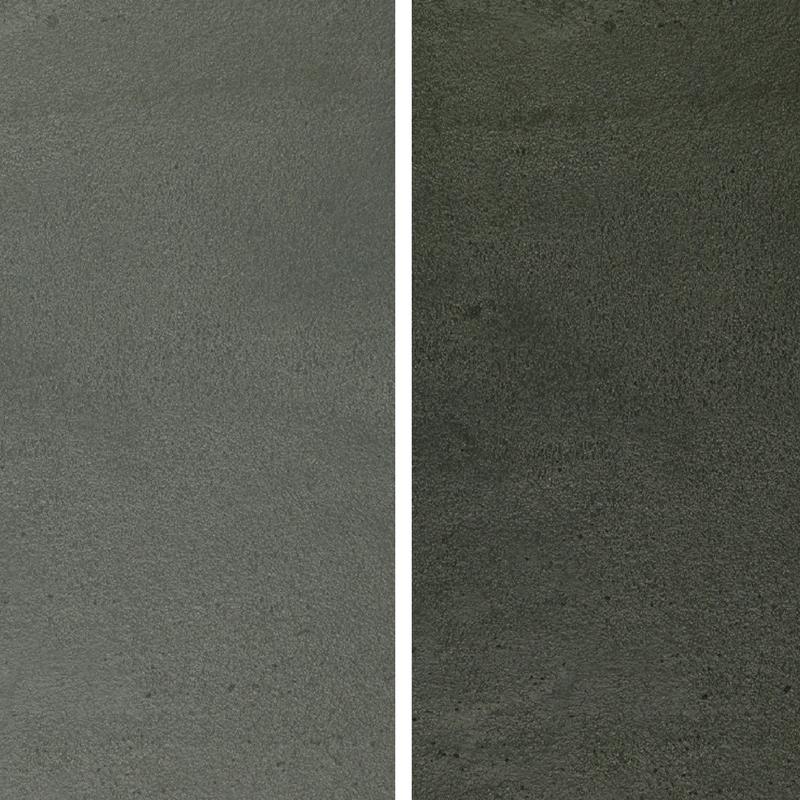Furniture Stain
Many of our customers use our water-based staining products as furniture stain for their next DIY project. We have come to learn a couple of interesting facts that will help you in deciding whether to take the time to stain a piece of furniture. If the piece is painted that can mean it is hiding things underneath it – like burns, missing veneer and water stains. So, we tell our customers to be cautious before they decide to take a piece of furniture home if it is painted. Also, you want to look closely at the quality of the wood. If the piece is made of particle board or a laminate, it is not a good candidate to use stain on. Test the function of the furniture if it has moving parts and determine if it will need to be re-glued. The time, experience, tools and space required for re-gluing furniture is usually a larger commitment than most people realize. With all of this in mind, you should be prepared to make a proper assessment of whether to continue with your next furniture stain project.
How to Stain Wood Furniture
Preparing the Wood
The first step is to sand the furniture with a coarse sandpaper and then go over it again with a medium to fine grit sandpaper. Remember to sand in line with the natural grain of the wood. Once the wood is smooth to the touch, you can clean it to bring out the grain variation. Then, put down a layer of wood conditioner to help the furniture stain bond.
Staining the Wood
You can use either water-based stain or oil-based stains on wood furniture. We recommend high quality water-based stain because it is non-toxic and the choice of colors is generally much better. Also, it is easy to effect the final look by the number of coats and the different colors of stains that can be overlaid upon each other. You can use a rag, sponge or brush to apply it once you have selected the colors. Again, be sure to move with the grain as you apply the stain as well. For oil-based stains, the longer you leave it on, the darker the stain will be.
Finishing the Wood
Once the stain has dried, you want to seal it. We have a non-toxic sealer that can be applied to protect the stained wood without danger to the environment. You want to follow the grain as much as possible when applying the sealer as well. And, you may want to consider the number of coats you add based upon the environment you plan to use it in and how much abuse it is likely to take.



